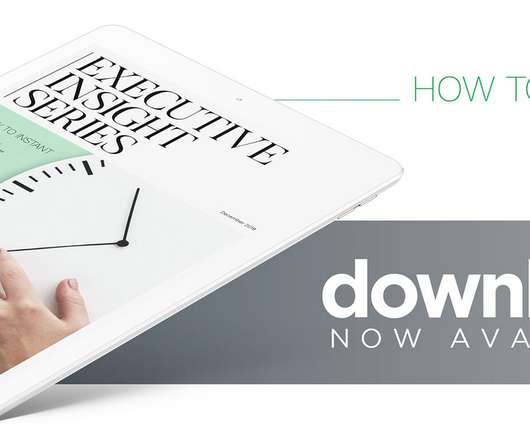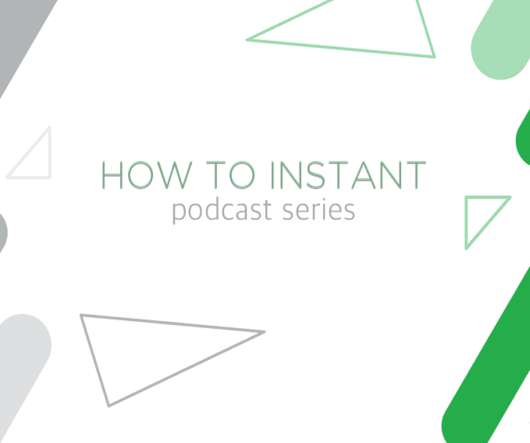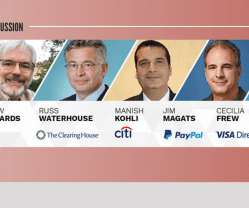Convincing The Nay-Sayers Of Real-Time Payments’ Potential
PYMNTS
NOVEMBER 23, 2016
.” In other words, it’s not just the fact that real-time payments capabilities are faster that makes them so attractive to corporate payers. Ensuring that transaction is accurate is also a significant benefit for the corporate payer. McShirley said this could help reduce the headache of non-sufficient funds cases.























Let's personalize your content